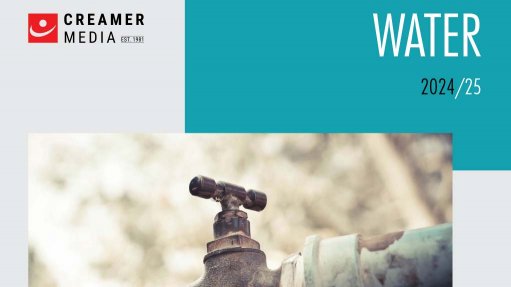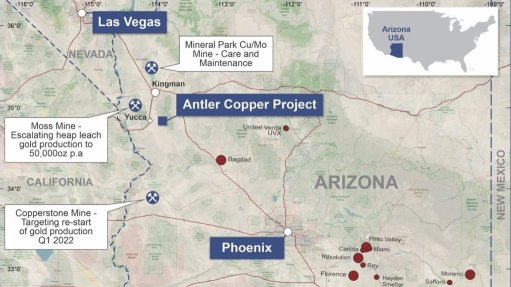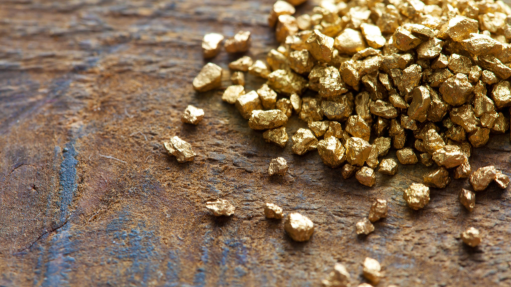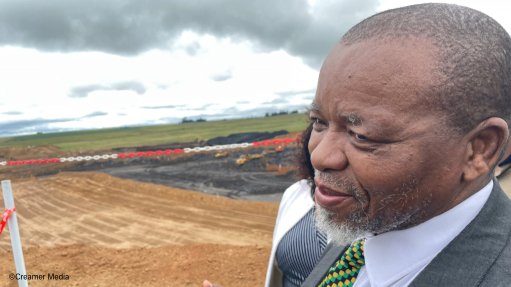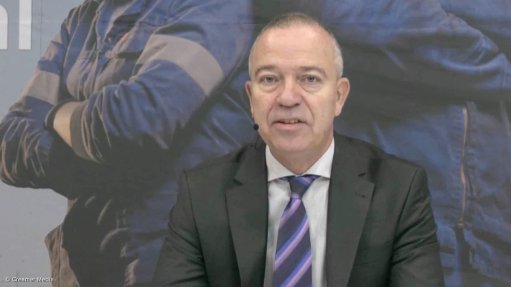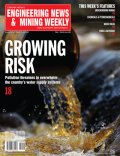Science council continues to improve and market space-based fire alert system
The information and communication technology unit of the Council for Scientific and Industrial Research (CSIR), the Meraka Institute, continues to develop its satellite-based Advanced Fire Information System (Afis) and is success- fully marketing it internationally. Afis is a fire detection system which detects active fires and informs fire managers, and was first set up six years ago.
“It’s a commercial product,” explains CSIR Meraka Institute earth observation research group leader Philip Frost. “We can supply this service anywhere in the world, because the satellites provide global coverage.”
The spacecraft employed are a combination of the US National Aeronautics and Space Administration polar-orbiting earth observation satellites Aqua and Terra, and geostationary second-generation Meteosat weather satellites. “These all have sensors which work in the mid-infrared waveband, around four micrometres, at which wavelength flames are visible. So they’re looking for flames, not smoke,” he elucidates. “The polar orbiters can detect fires as small as 50 m × 50 m, while the Meteosats detect fires of 300 m × 300 m. With the polar orbiters, we get full coverage passes of Southern Africa at around 10.00, 14.30, 22.00 and 02.30 – four times every 24 hours.”
Afis integrates data from satellites with weather data from, in the case of Southern Africa, about 140 ground-based weather stations. The latter provide weather updates, including wind speed and direction, every hour.
The satellites detect the fires, while the data from the weather stations allows the deter- mination of the fire danger (for example, it will show how dry the vegetation is) and direction. In addition, the system has access to an 11-year fire database for Southern Africa, which allows the display of such information as the last time a fire occurred in a particular location (which affects the density of the vegetation and thus the intensity of the latest fire). “We are now integrating weather forecasts with Afis, and not just the existing weather,” he reports. “This will improve our fire danger warnings by providing five-day fire danger forecasts based on the Lowveld and Canadian Fire Weather Index.”
“The system has an open access com- ponent – anyone can see the basic information displayed on a map. But people can’t look at screens all day, so we have alert services for various users.” When a fire is detected in an area of interest or concern to a user of the system, Afis automatically sends an SMS and an email to the manager responsible for that area. It now also has mobile smartphone and tablet applications, allowing clients to receive all the data regarding the fire and the weather and vegetation in the affected area.
In South Africa, Afis is used by 40 fire protection associations around the country and by a number of other institutions, including, notably, national electricity utility Eskom. Being concerned about the effects of fires on its transmission lines, Eskom helped develop Afis.
Today, when Afis detects a fire near a transmission line, it automatically sends an alert to both the line manager concerned and to Eskom central control, with the alert identifying the power pylon closest to the fire. “This makes our system rather unique,” highlights Frost. The system has attracted interest especially from electricity utilities in other countries. “We have overseas clients for our service in North and South America, Europe and Australia. We are signing contracts with these clients.”
Comments
Press Office
Announcements
What's On
Subscribe to improve your user experience...
Option 1 (equivalent of R125 a month):
Receive a weekly copy of Creamer Media's Engineering News & Mining Weekly magazine
(print copy for those in South Africa and e-magazine for those outside of South Africa)
Receive daily email newsletters
Access to full search results
Access archive of magazine back copies
Access to Projects in Progress
Access to ONE Research Report of your choice in PDF format
Option 2 (equivalent of R375 a month):
All benefits from Option 1
PLUS
Access to Creamer Media's Research Channel Africa for ALL Research Reports, in PDF format, on various industrial and mining sectors
including Electricity; Water; Energy Transition; Hydrogen; Roads, Rail and Ports; Coal; Gold; Platinum; Battery Metals; etc.
Already a subscriber?
Forgotten your password?
Receive weekly copy of Creamer Media's Engineering News & Mining Weekly magazine (print copy for those in South Africa and e-magazine for those outside of South Africa)
➕
Recieve daily email newsletters
➕
Access to full search results
➕
Access archive of magazine back copies
➕
Access to Projects in Progress
➕
Access to ONE Research Report of your choice in PDF format
RESEARCH CHANNEL AFRICA
R4500 (equivalent of R375 a month)
SUBSCRIBEAll benefits from Option 1
➕
Access to Creamer Media's Research Channel Africa for ALL Research Reports on various industrial and mining sectors, in PDF format, including on:
Electricity
➕
Water
➕
Energy Transition
➕
Hydrogen
➕
Roads, Rail and Ports
➕
Coal
➕
Gold
➕
Platinum
➕
Battery Metals
➕
etc.
Receive all benefits from Option 1 or Option 2 delivered to numerous people at your company
➕
Multiple User names and Passwords for simultaneous log-ins
➕
Intranet integration access to all in your organisation




